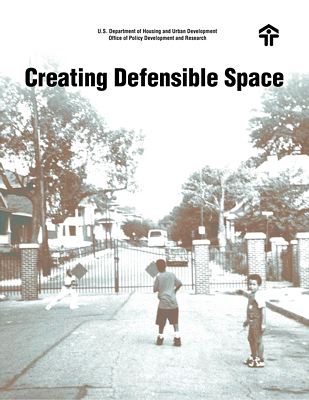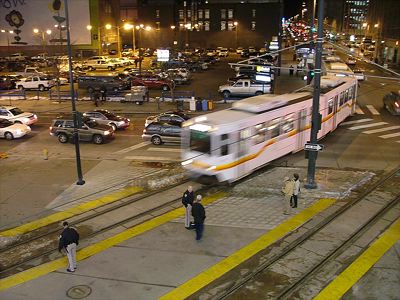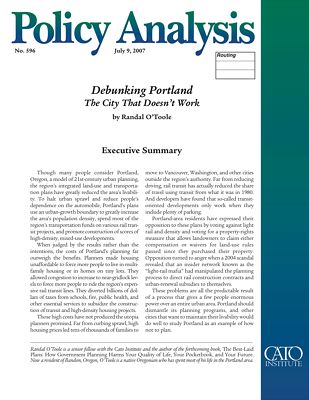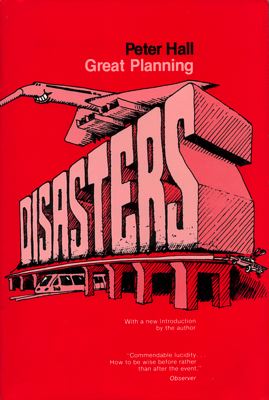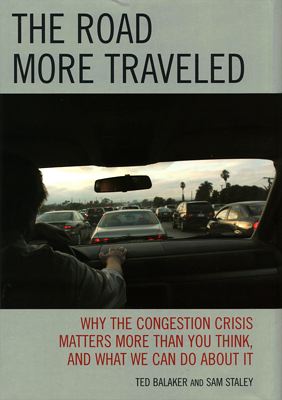Last week, in a comment on a comment on a post, I mentioned that alleys lead to increased crime. So naturally, someone who is Google-challenged asked me to prove it. It turns out there is a lot of evidence that alleys contribute to crime by providing quiet places where criminals can hide their activities and by offering easy access to secondary entrances to people’s homes.
The research goes back at least as far as the late Oscar Newman, an architect who wanted to know why some neighborhoods suffered higher crime rates than other neighborhoods inhabited by people in a similar socioeconomic class. Newman found that urban design plays a role in making neighborhoods more or less vulnerable to crime, and that the two most important factors were having defensible space, which usually means private property, and impermeability, which means limiting the number of access points to dwellings and businesses. By limiting permeability, cul de sacs make neighborhoods less vulnerable to crime; by increasing permeability, alleys make neighborhoods more vulnerable.

